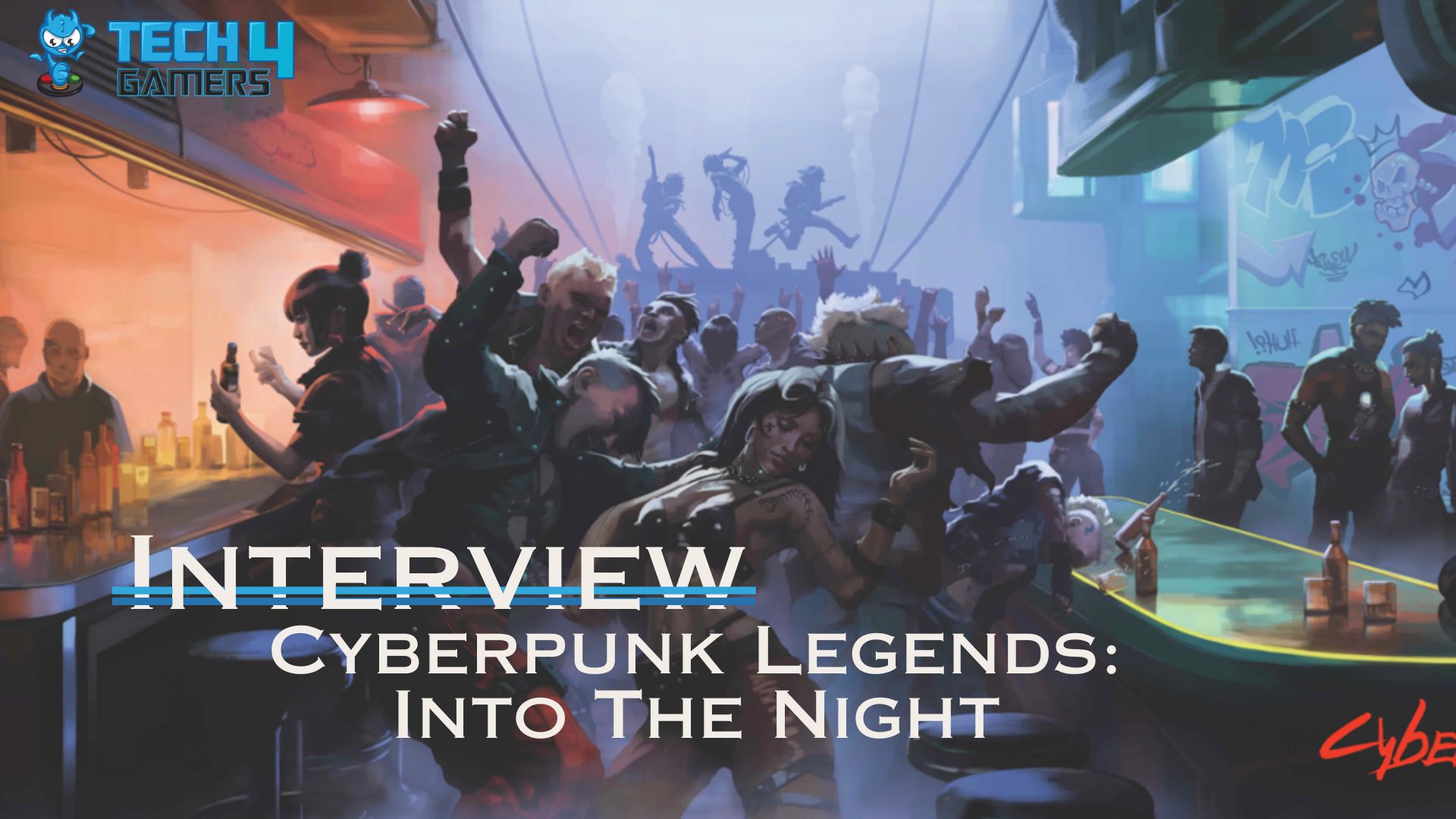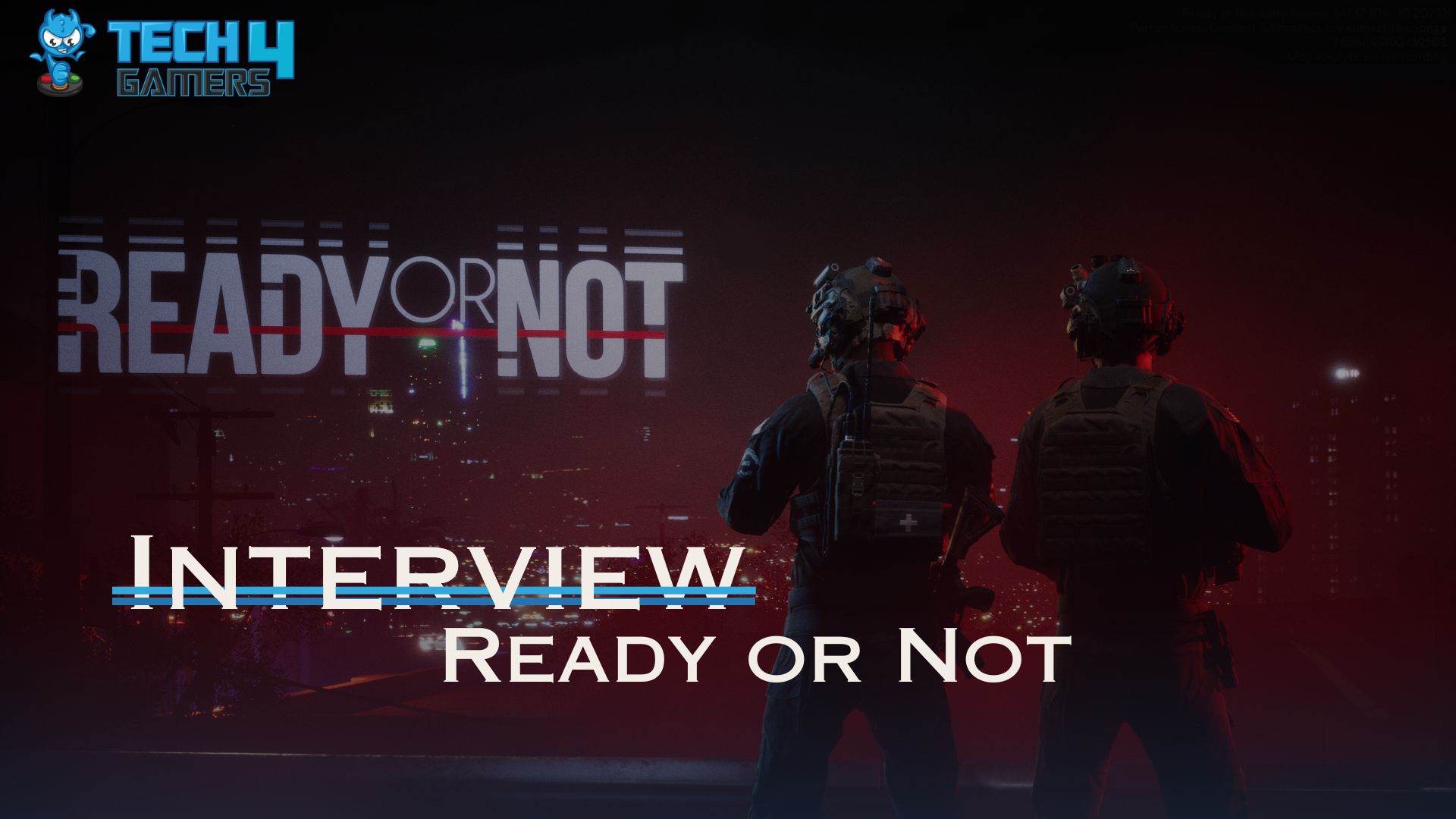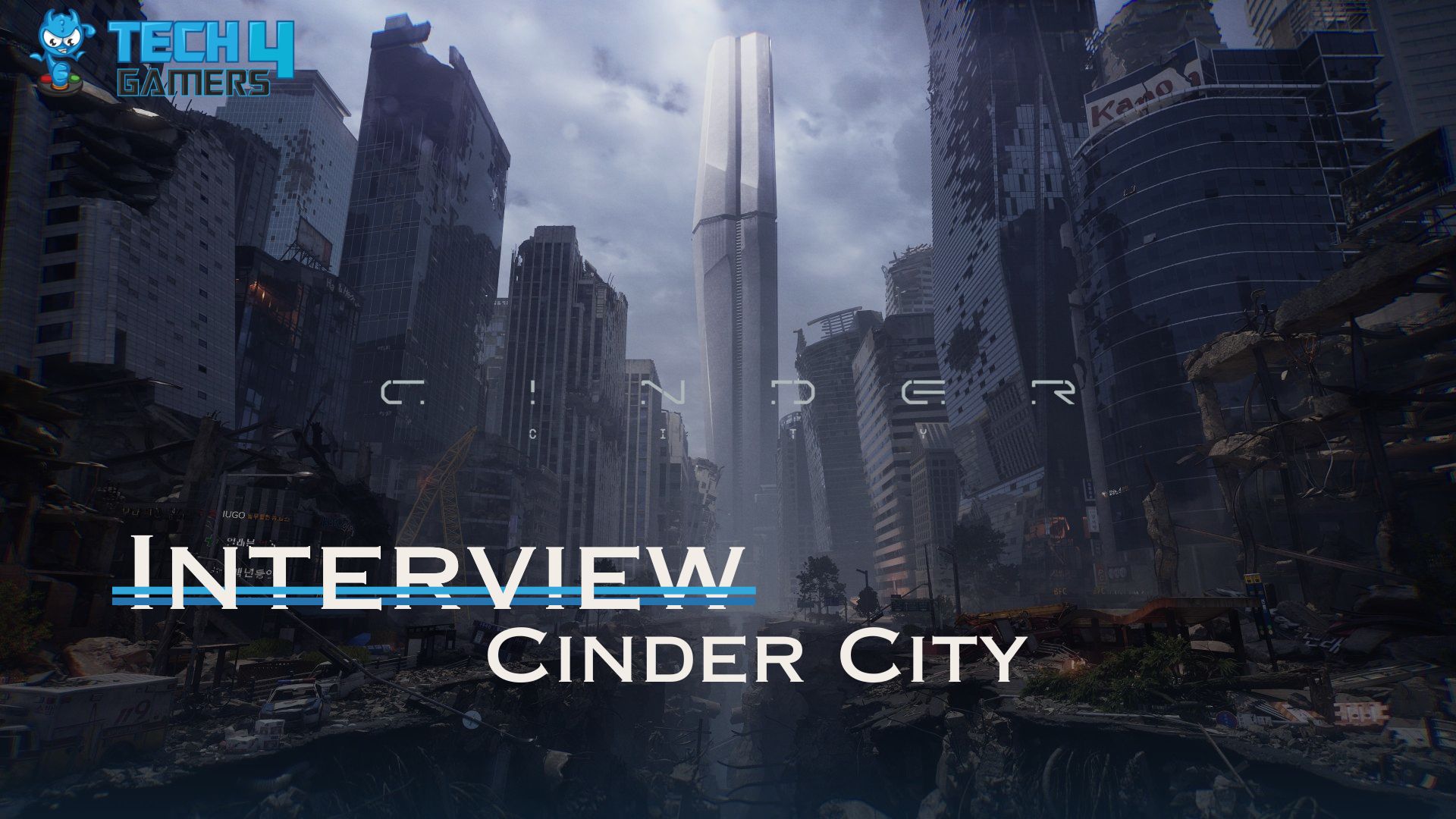- Smite 2 marks a bold new step forward for this franchise.
- Titan Forge Games is aiming to launch a closed beta next month, with the full launch planned by 2025.
- We recently spoke to the developers and discussed elements like Smite 2’s balancing, new players coming into the franchise, and the team’s long-term plans.
The Smite franchise hardly needs an introduction. Having reigned over the MOBA genre as one of the biggest IPs for over 10 years, this series has made a huge name for itself. Developer Titan Forge Games is set to recapture the magic a second time with Smite 2.
As a sequel to a long-running game, this title has a lot to live up to. However, thanks to refined gameplay systems, an Unreal Engine 5 upgrade, and more, Titan Forge Games is ready to breathe new life and welcome fresh players into the IP.
Ahead of this release, we had the opportunity to interview Executive Producer Alex Cantatore, Design Director AJ Walker, and Creative Director Travis Brown. During our conversation, we discussed various elements that helped shape Smite 2.
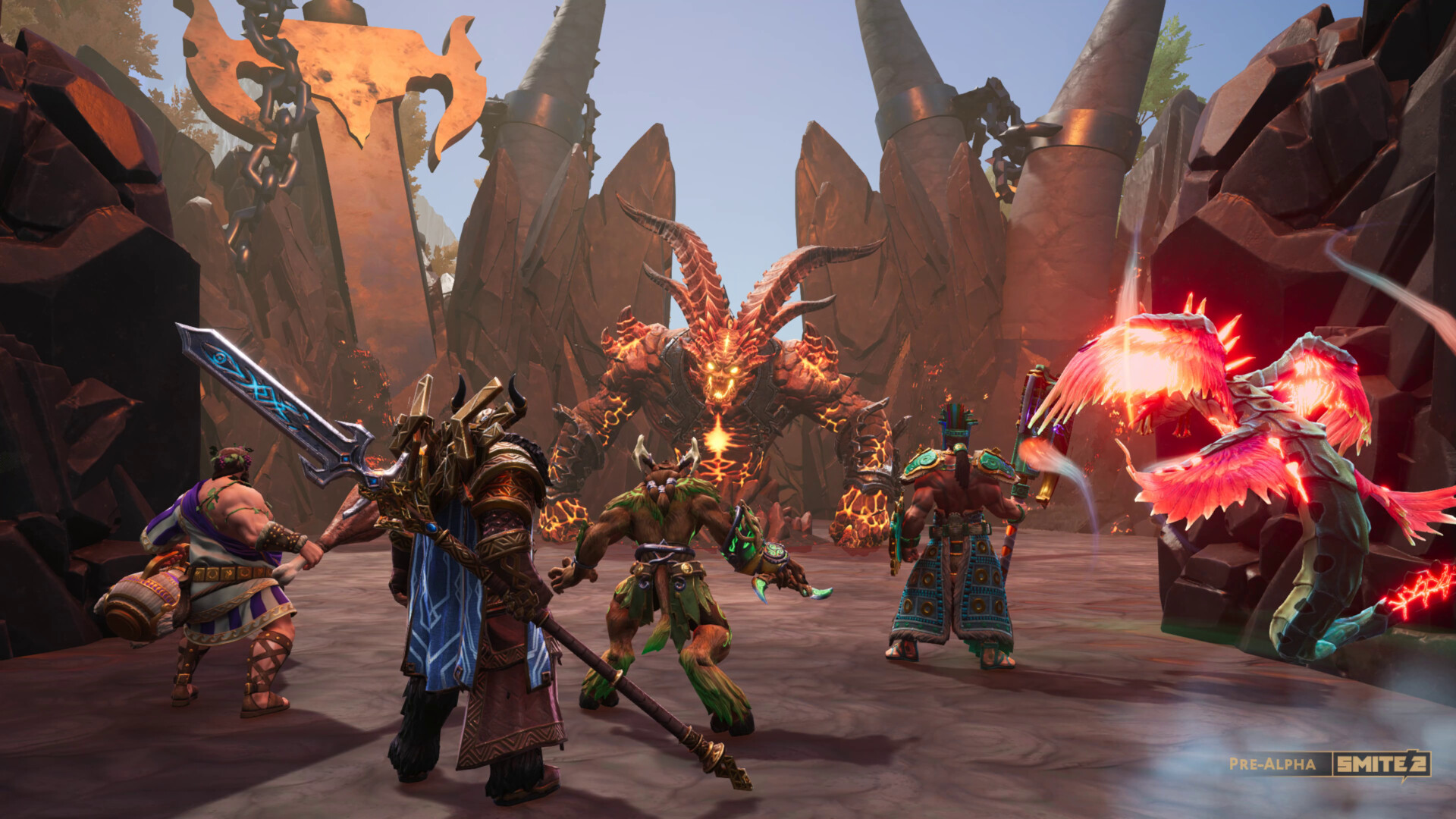
TB: Frequently, the topic of recreating SMITE 2 from scratch on a new engine was discussed. Every time, we found ourselves doing the math on the investment it would take to get that project up and running. Every time, we determined that the best path forward was to continue to modify the UE 3 version of the project.
A little over a year ago, we decided to unpack UE 5 and deployed a small team to build a prototype that recreated, as true as possible, the SMITE Conquest experience with 5 playable gods. In 1 short month, the team had built that prototype, made significantly easier by utilizing the core Gameplay Ability System found within UE 5.
Because the team was able to move so quickly, combined with the confidence that we had to enhance that GAS-powered prototype, we truly felt like now was the time to lean all the way in and build out SMITE 2 for the future.
TB: Seeing new projects get released that are built on the latest UE 5 engine has been amazing. Every time, I am excited to see just how these newest games have utilized the engine in ways that could be applicable to the SMITE 2 project.
That’s not to say that the engine solves every issue. In the 5.3 version of the engine, for example, we still struggle with the performance impact of entirely using Nanite for our multiplayer gameplay experience, where every downturn of the dial can give you a framerate advantage.
But Lumen and Nanite are the future, and they are getting better with each release, so it’s only a matter of time before these technologies allow developers to make games unlike anything before. And I want to make sure we are ready for it!
AC: I think it’s less that PC has grown significantly as a platform than that its size has become more visible.
SMITE started as a PC-only game, available only through our own launcher. So, only we really knew how big the PC player base was. Over the years, we phased out that launcher and eventually discontinued it, and now people can watch the CCU numbers on Steam tracking websites and get a more reliable estimation of our player base there.
I would expect the majority of the SMITE 2 player base to continue to play on the console. SMITE feels great on a controller as a third-person MOBA, and that’s still a strong focus for us in SMITE 2; I literally just finished reviewing some controller improvements before this interview.
AC: We don’t expect a major impact. Our internal tracking suggests about 4/5ths of our active SMITE player base has already migrated to current-gen consoles. But for those people still on old-gen platforms, SMITE 1 will remain available and updated so they can get their third-person MOBA fix.
AJ: Players have been very understanding of the limited roster. They understand the game is in the early stages of development and that each god takes a lot of time and effort to reconstruct entirely from scratch, and we aren’t doing just that. Most SMITE 2 gods have new features or reworked abilities as well.
SMITE 2 brings a lot of new systems to learn between the item changes, stat changes, and map changes, so even with a limited roster, people are far from bored. The smaller roster also helps players get back into the game and learn the characters at a reasonable pace. Jumping into a game with 130 characters is very intimidating.
AJ: We can’t give a definitive answer to this question, as our goal isn’t to just port each god over as is but rather to refine and reimagine where it makes them better.
What we can say, though, is that during the initial 24/7 alpha this summer, we will focus on launching a core roster of fan-favorite gods, likely starting with a limited number of around 20-30 gods to ensure quality and balance. We’ll then aim to release new and rebuilt gods regularly, adding around 10-15 gods by the end of the year.
AJ: Definitely. The change increases the number of possibilities for each god, and those all need to be considered individually when thinking about balance.
For example, Neith is now a hybrid god that can play a traditional Strength build with more Physical Damage in the duo lane, or she can play Intelligence build with more Magical Damage, which generally works better in the mid lane.
These 2 versions of Neith need to be treated like 2 entirely different gods in the balance discussion, with the added constraint that balancing 1 could accidentally affect the other in an unintended way.
This added complexity for the balance team but added creativity for the player. We think that’s going to pay off in the long run, and we think the 10+ years of SMITE 1 experience will help as we continue to improve our balance processes and philosophy through SMITE 2’s lifetime.
AJ: SMITE 2’s systems are designed from the beginning to help us with this challenge. It absolutely will still be a challenge, though. SMITE 2 has no class labels on gods, instead opting for a more detailed summary of the gods’ stats and strengths.
This is intended to tell players through the game’s core design that we don’t intend to force and lock each god into a specific spot in the meta. SMITE 2’s new item systems and role flexibility also make the settled meta harder to find.
Even with those in place, we do expect that settled metas will develop at various times. Our experience from the last decade has taught us to go ahead and disrupt those metas through changes.
We will already be introducing new items and gods at a more rapid pace than SMITE 1 was used to, which will definitely keep things interesting. On top of that, we plan to heavily iterate with balance changes as well. Alpha 1 to Alpha 2 already have sweeping changes to the map, item store, and all gods.
AJ: We have! Although a traditional “New Player Experience” isn’t in the game yet, there’s a lot of small features that help players learn. New players will definitely be interested in our core game improvements, such as the entirely new graphics engine and entirely new backend multiplayer platform.
SMITE 2 has fewer gods at the moment, which makes it easier for new players to get into. There’s also a variety of small features to help callout information, such as updated god ability descriptions, map help tips, role definitions, and an auto-item builder with multiple options per god.
SMITE 1 has a massive upfront knowledge barrier to the beginning of each match. The Relic system, starter item system, and tree items all contribute to that daunting experience. SMITE 2’s core changes to items and gods make this a lot more straightforward.
Every player will start with an ability that can cleanse CC and wards for free. The starting item selection is tied directly to specific stats, and the starting items can upgrade into many possible options.
The beginning of a match will still include a huge amount of skill expression due to how you play your god and your role, but it will be more about how you play and less about what you know.
AC: I don’t think those developers would necessarily agree with the premise of this question; those games you referenced both have significantly more players than they did before launching their sequels.
But I think the big difference in how we’re approaching SMITE 2 is that it is a true sequel, rebuilt from the ground up. We’re not updating a game in place; we’re making an all-new game, and SMITE 1 will continue to live on as a separate game.
Because we’re starting from scratch, we’re approaching this project like any new game. We’re building the game alongside our community, getting them involved at an early Alpha stage, and listening to their feedback on how we can make the game better. We aren’t just developing a sequel in a silo: We’re making sure we’re making the game our players want to play.
AC: Our plan is to maintain our current release schedule for the foreseeable future, with a major update monthly and mid-patch bonus balance.
AC: I’ve said it before, but MOBAs are kind of like the Dark Souls of multiplayer games. They’re hard. There’s a big knowledge gap when you start playing. But every time you die, you learn. And you get better, and you find this immense, deep, enjoyable, incredibly rewarding multiplayer experience that no other game can compare to.
So, I would say approach a MOBA with a student’s mindset. It’s okay to lose! It’s okay not to be great in your first minute of playing. Enjoy the ride and take pleasure in the small accomplishments.
On a more micro level, I would recommend new players pay attention to their positioning. It’s really easy to get carried away chasing enemies and putting yourself in a bad position. Treat the point where the waves of minions meet as the line of scrimmage; if you’re past the line, you’re in enemy territory, and you need to have a good reason to be there.
AC: SMITE 2 is a decade-long dream for us. We’ve learned a ton from making SMITE 1, but the most important thing we’ve learned is that we’re nothing without our community, and SMITE 2 is nothing without our community’s feedback.
If you want to be a part of a great journey, to learn and play and guide the development of one of the most rewarding multiplayer games out there, then please join us in Alpha. Join our community and help shape the future of SMITE 2.
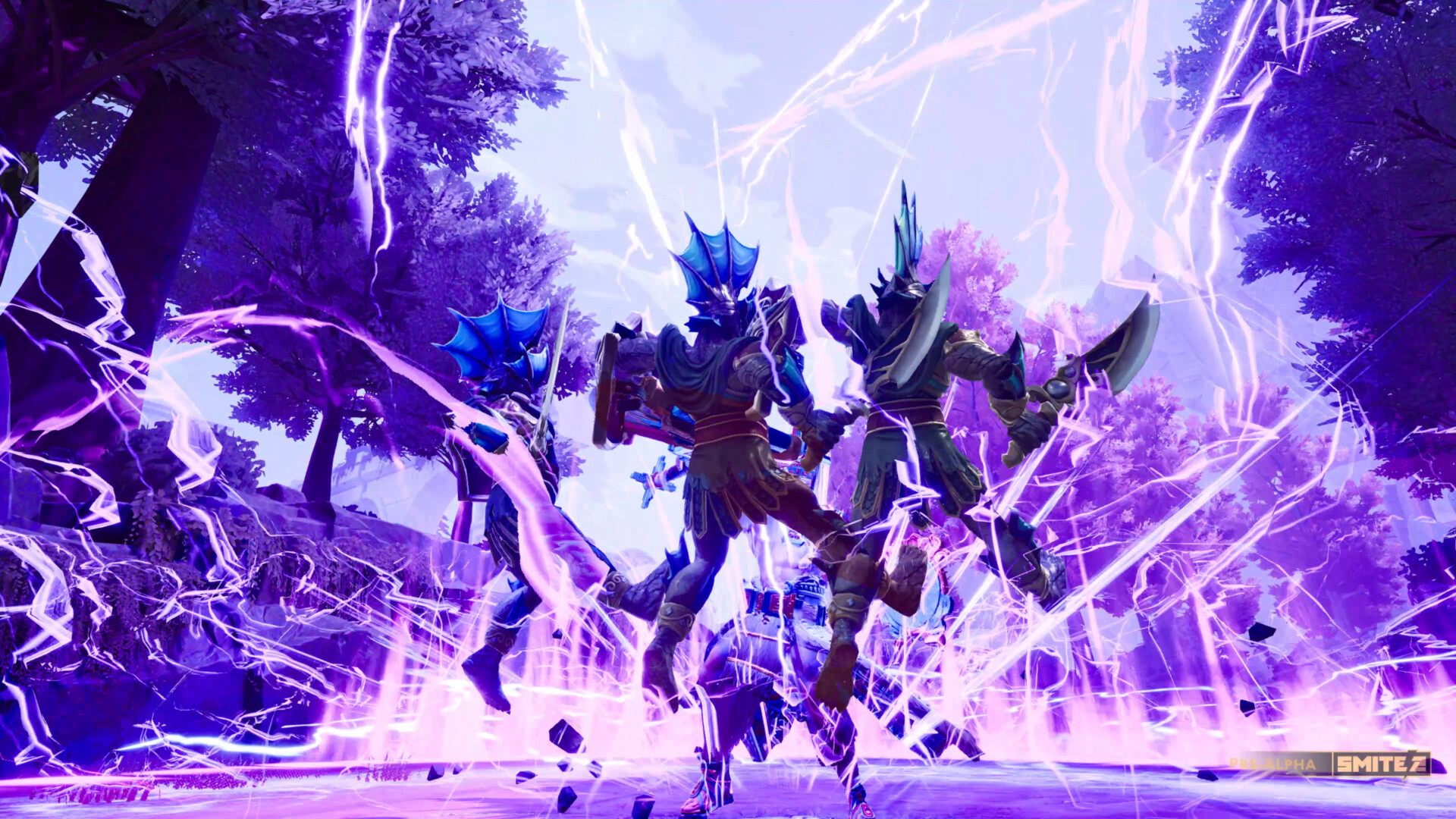
Smite 2 presents the perfect opportunity for those interested in jumping into the MOBA genre. Thanks to a massive community and a streamlined roster, players will find it much easier to grasp the fundamentals that fans have come to love and appreciate.
As Smite 2 prepares for its closed beta next month, we wish everyone involved in the project all the best for the future. We would also thank Titan Forge Games for this interview.
Thank you! Please share your positive feedback. 🔋
How could we improve this post? Please Help us. 😔
[Senior News Reporter]
Avinash is currently pursuing a Business degree in Australia. For more than 5 years, he has been working as a gaming journalist, utilizing his writing skills and love for gaming to report on the latest updates in the industry. Avinash loves to play action games like Devil May Cry and has also been mentioned on highly regarded websites, such as IGN, GamesRadar, GameRant, Dualshockers, CBR, and Gamespot.


